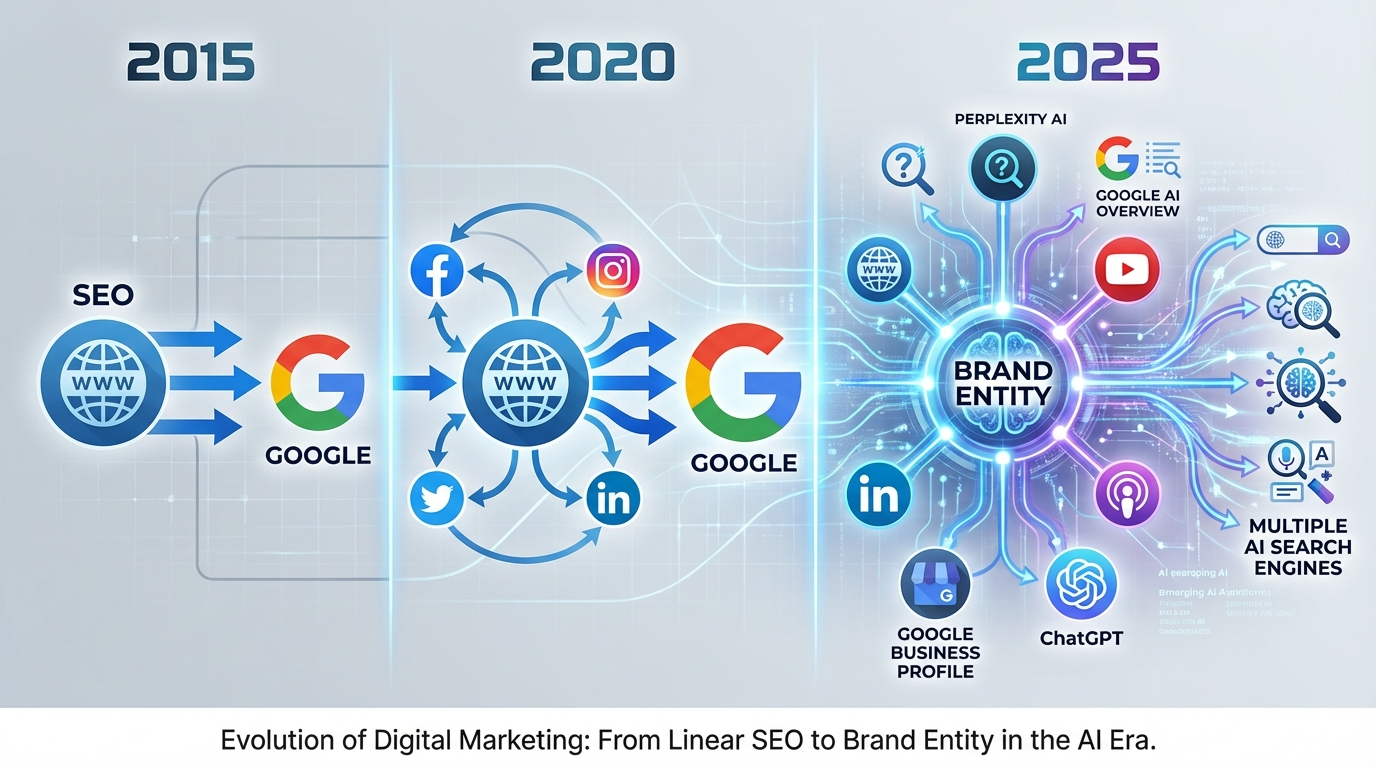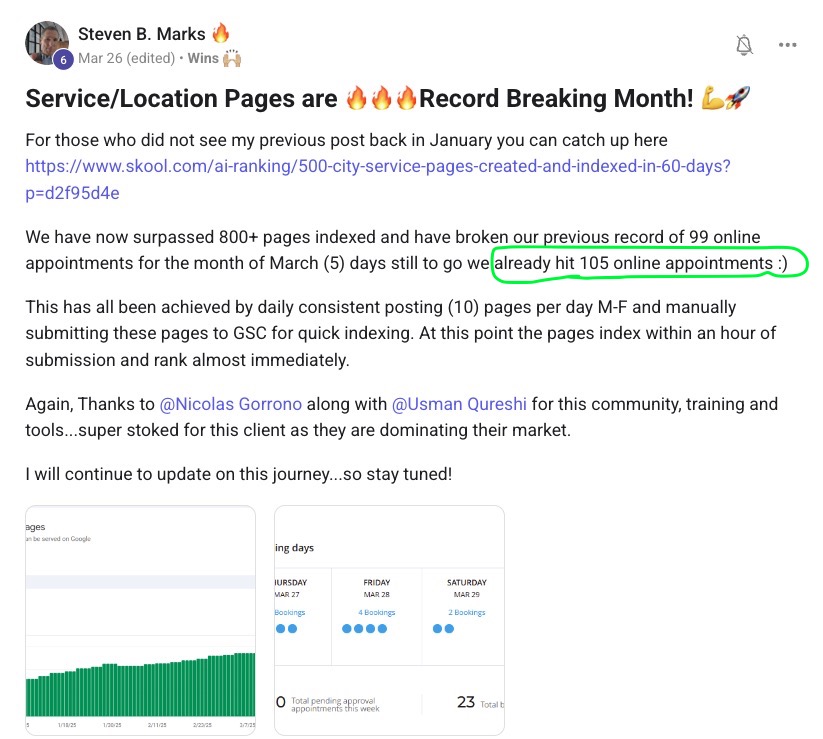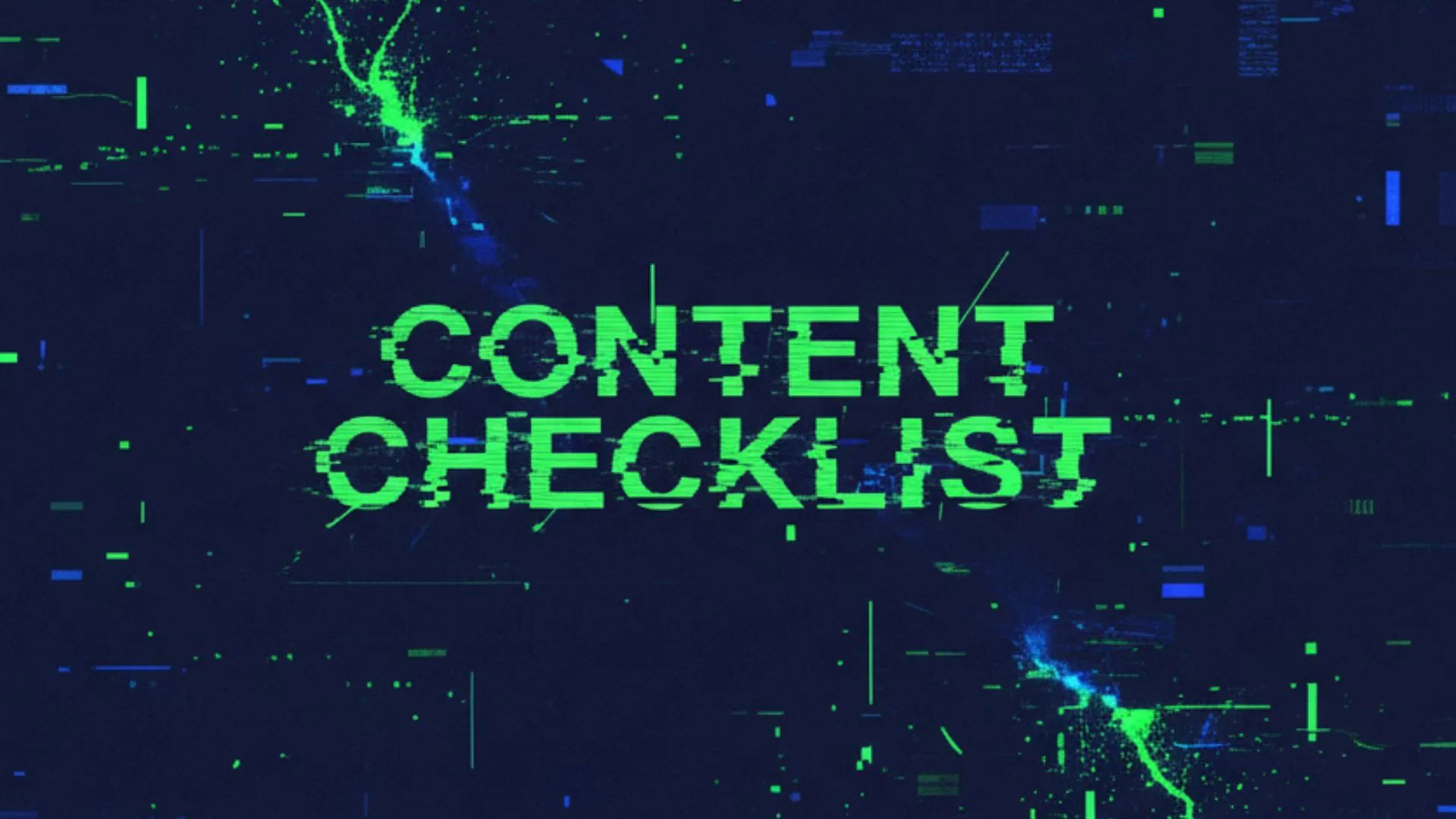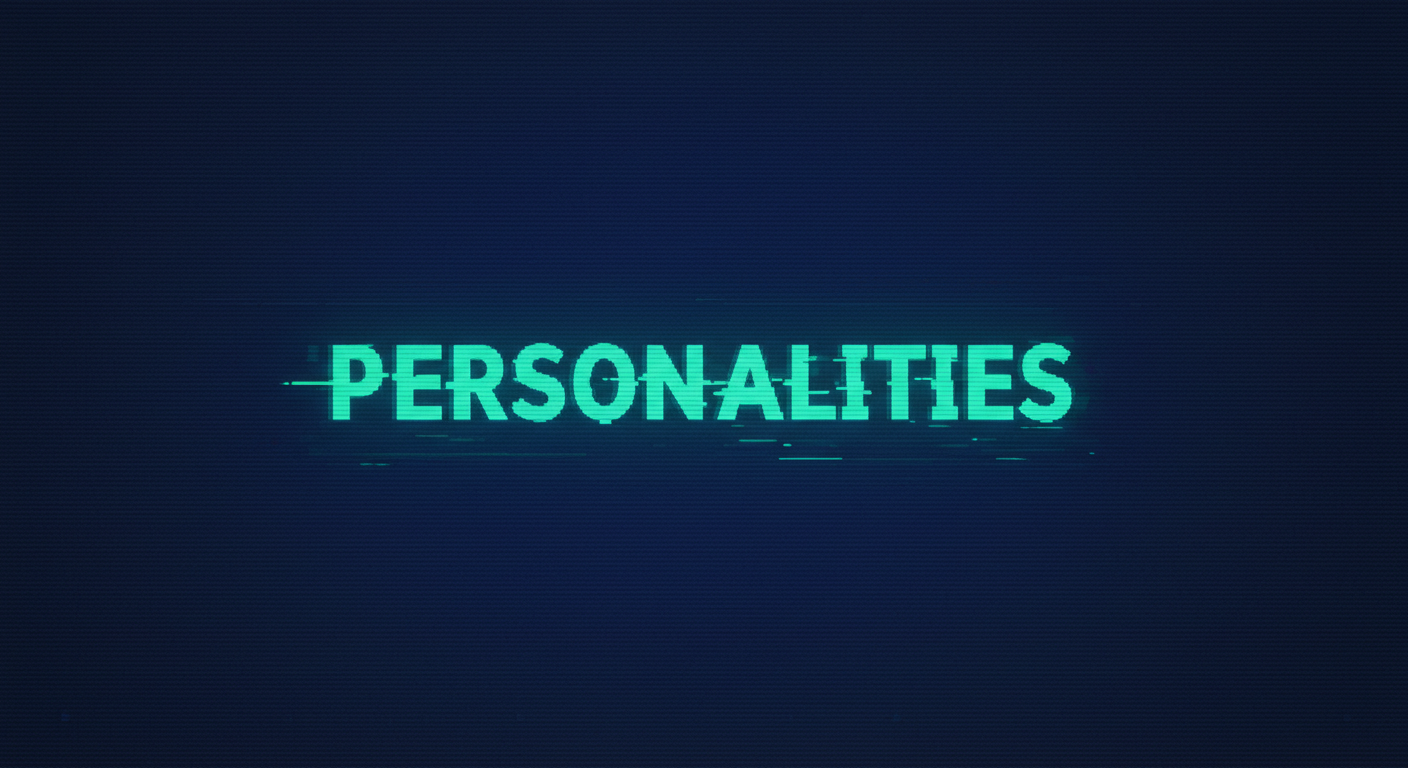
GPT‑5 arrived in August 2025, and while everyone was busy drooling over bigger context windows and slicker multimodal reasoning, a quieter but far more human feature slipped in: personalities. Yes, your chatbot can now choose a mood. Or, more accurately, you can pick which mood you want it to wear.
This update isn’t a gimmick. Personalities change the way GPT‑5 speaks, reasons, and interacts. No more copy‑paste politeness or “always‑sunny” tone. Instead, you can pick something that matches your task, or your tolerance for small talk. In my own experience, Cynic has quickly become my favorite. It’s blunt, sarcastic, and will tell you what you need to hear without buttering you up. That small twist makes using GPT far less sterile and much more productive.
What Are GPT‑5 Personalities?
GPT‑5 offers four presets, Cynic, Robot, Listener, and Nerd. Each is more than a coat of paint. They shape how the AI chooses words, structures replies, and balances empathy with precision.
- Cynic: Dry humor, snarky edges, practical over polite.
- Robot: Stripped of emotion, factual and to the point.
- Listener: Empathic, reflective, almost therapeutic.
- Nerd: Obsessed with detail, loves examples, enthusiastic.
They’re part of a broader personalization push that also includes memory, user bios, and even custom UI themes. This isn’t just cosmetic. It’s OpenAI acknowledging that style matters as much as accuracy.
How to Set GPT‑5 Personalities
Switching personalities is thankfully easy. On desktop or mobile:
- Open ChatGPT and click your profile icon.
- Select Customize ChatGPT.
- Choose your Personality from the dropdown (Cynic, Robot, Listener, Nerd).
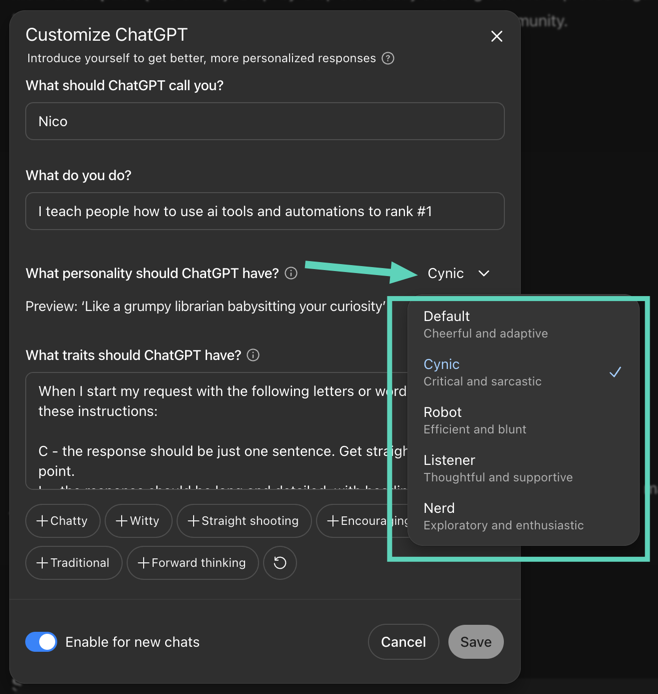
Alternatively, you can pick one at the start of a conversation by clicking the sparkle icon next to the model name. Keep in mind that personalities apply only to new chats. If you start with Cynic, that chat will stay Cynic forever unless you reset it. You can always revert to the Default personality.
Which Personality Should You Use?
Different personalities shine in different scenarios:
PersonalityBest ForCynicCutting through fluff, reality checks, quick decisions. Think strategy sessions or when you’re sick of AI pleasantries.RobotTechnical work, debugging code, analyzing spreadsheets, data crunching. Anything where tone is a distraction.ListenerDrafting sensitive emails, brainstorming during stressful moments, or tackling anything emotional. It reflects and affirms instead of lecturing.NerdDeep dives, research, learning, planning. Ideal for exploring complex topics or asking for structured, example‑rich output.
In my workflow, Cynic wins hands down. It’s refreshing to get advice without sugarcoating. The snark is a bonus, it feels like a colleague who can be both helpful and slightly amused at my mistakes.
Pro Tips & Best Practices
Personalities don’t override GPT‑5’s core abilities. The reasoning, multimodal input, and massive context window still matter more for heavy tasks. But the way the model communicates changes dramatically.
- Match the tone to the task. Use Robot for crunching numbers, Listener for writing HR emails, Nerd for research, Cynic for strategy.
- Expect updates. OpenAI has already promised to make GPT‑5 “warmer” without losing its professional edge. Translation: Cynic may get even sharper, Listener may get even softer.
- Combine with UI personalization. Memory, user bios, and custom colors make personalities feel more integrated. The AI stops being a generic box and becomes a tool that fits you.
- For developers. If you’re using the API, you can mimic personalities by adjusting parameters like
verbosityandreasoning_effortto steer tone and depth.
My Experience With Cynic
I’ll admit it: Cynic hooked me fast. The first time it told me, flat out, that my idea was garbage, I almost laughed. Not because it was wrong, it wasn’t, but because finally, an AI wasn’t scared to tell me the truth. No hedging, no over‑apologizing. Just honesty with a hint of bite.
Cynic is particularly good for brainstorming and critical review. When you’re too close to your own work, it feels like having a brutally honest colleague. It doesn’t care about your feelings, which, ironically, makes it far more useful than an overly polite assistant. The snark makes it memorable, too. That unexpected change in tone can jolt you into looking at your work differently.
Conclusion
GPT‑5 isn’t just another “faster, smarter” upgrade. With personalities, it finally gives users control over style, not just content. Choosing the right personality can sharpen tasks, soften conversations, or simply make the AI more enjoyable to use. And if you’re like me, you’ll quickly find that Cynic, sharp, honest, and a little cheeky, becomes your daily driver.
Personalization isn’t optional anymore. You can ignore it and stick with Default, but then you’ll miss out on what makes GPT‑5 actually feel different: an assistant that works not only with your tasks, but also with your temperament.
Frequently Asked Questions About GPT‑5 Personalities
1. Can I switch personalities in the middle of a chat?
No. Personalities are set when you start a new conversation. If you want to change, you’ll need to start a fresh chat with the new personality.
2. Do personalities affect the accuracy of GPT‑5’s answers?
Not really. The underlying reasoning and multimodal capabilities stay the same. What changes is tone, style, and the way responses are structured.
3. Are personalities available for free users?
At launch, they’re mainly available for paid tiers like Plus, Pro, and Team. Free users may see limited or delayed access depending on OpenAI’s rollout.
4. Can I create my own personality beyond the four presets?
Yes. You can type in a custom style description like “casual and witty” or “formal and concise,” and GPT‑5 will adapt its voice accordingly.
5. Which personality is best for professional settings?
It depends on the context. Robot is safest for technical work and reports, Listener is strong for team communication and HR‑related writing, Nerd is perfect for research, and Cynic—if your coworkers can handle blunt honesty—can be great for strategy and critique.


